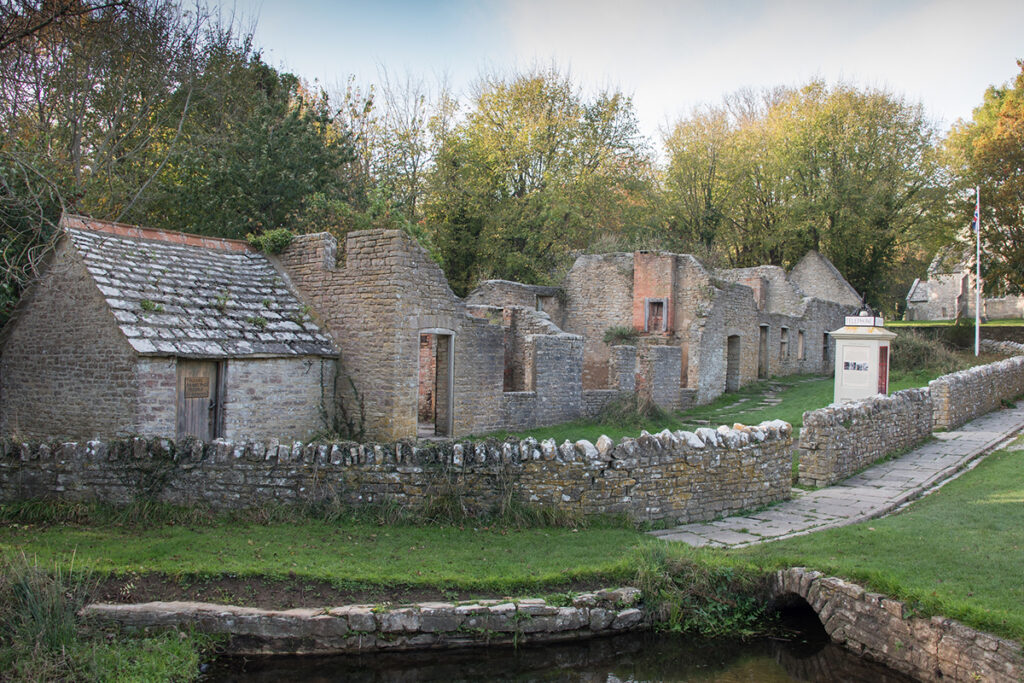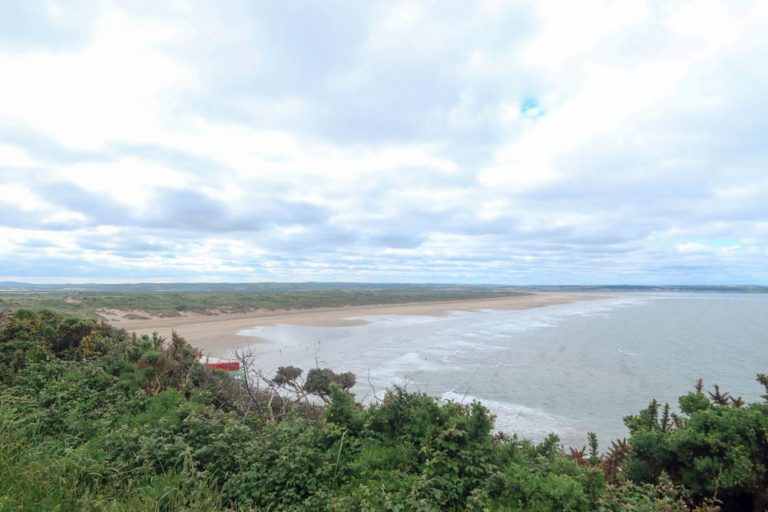The lost villages of the West Country
There are so many amazing places to visit in the West Country – but did you know that some of them are abandoned?
These villages have all been either evacuated or lost their population through other means. They’re eerie places to visit, but are definitely amongst the most unique spots in South West England!
Here are the lost villages of Devon, Cornwall, Wiltshire and Dorset.
Hallsands, Devon
Hallsands was once a thriving fishing village on Devon’s south coast.
But its fate was sealed in the early 20th century when dredging operations began removing the shingle beach that protected it from the sea.
By 1917, the village faced its worst nightmare—a powerful storm that tore through the now-unprotected coastline, destroying homes and leaving Hallsands in ruins.
The village was all but wiped off the map, and its residents were forced to leave, never to return.
Today, what’s left of Hallsands can be seen from a nearby viewpoint.
The crumbling ruins stand as a stark reminder of the dangers of tampering with natural defences.
Tyneham, Dorset

Tyneham, another village claimed by the military during World War II, shares a fate similar to Imber’s. In 1943, the residents of Tyneham were told to leave their homes as the British Army requisitioned the land for training exercises.
They left behind a note on the church door, asking for their village to be taken care of, with the understanding that they could return once the war was over.
But just like Imber, Tyneham was never returned to its people.
Today, Tyneham stands as a ghost village, its buildings preserved in a state of frozen decay.
Visitors can walk through the ruins of homes, the church, and the schoolhouse, all left as they were when the villagers departed.
It’s a place where time has stood still, a silent witness to the upheaval of war and the permanent scars it left on the landscape and its people.
Imber, Wiltshire
Imber, a village in the heart of the Salisbury Plain, was evacuated in 1943 during World War II.
The British Army needed the land for military training, and the villagers were given just weeks to pack up and leave, with the promise they could return after the war.
But that promise was never kept.
The village has remained under military control ever since, its homes and streets left eerily empty.
Imber is now a ghost village, mostly closed to the public, though occasionally opened for tours. The church still stands, along with a few other buildings, frozen in time.
Botallack, Cornwall

Botallack was once a bustling hub of Cornish mining, where the cliffs met the Atlantic and miners toiled underground to extract tin and copper.
But as the mining industry declined in the late 19th and early 20th centuries, so did the village. As the mines closed, the community dwindled, and Botallack slowly slipped into abandonment.
Today, the ruins of Botallack’s mining infrastructure still cling to the cliffs, weathered by the relentless sea. Engine houses and other remnants of the industry stand as stark reminders of the village’s past life.
Now part of the Cornish Mining World Heritage Site, Botallack attracts visitors who come to explore its dramatic landscape and learn about the industrial heritage that once defined this now-quiet corner of Cornwall.






